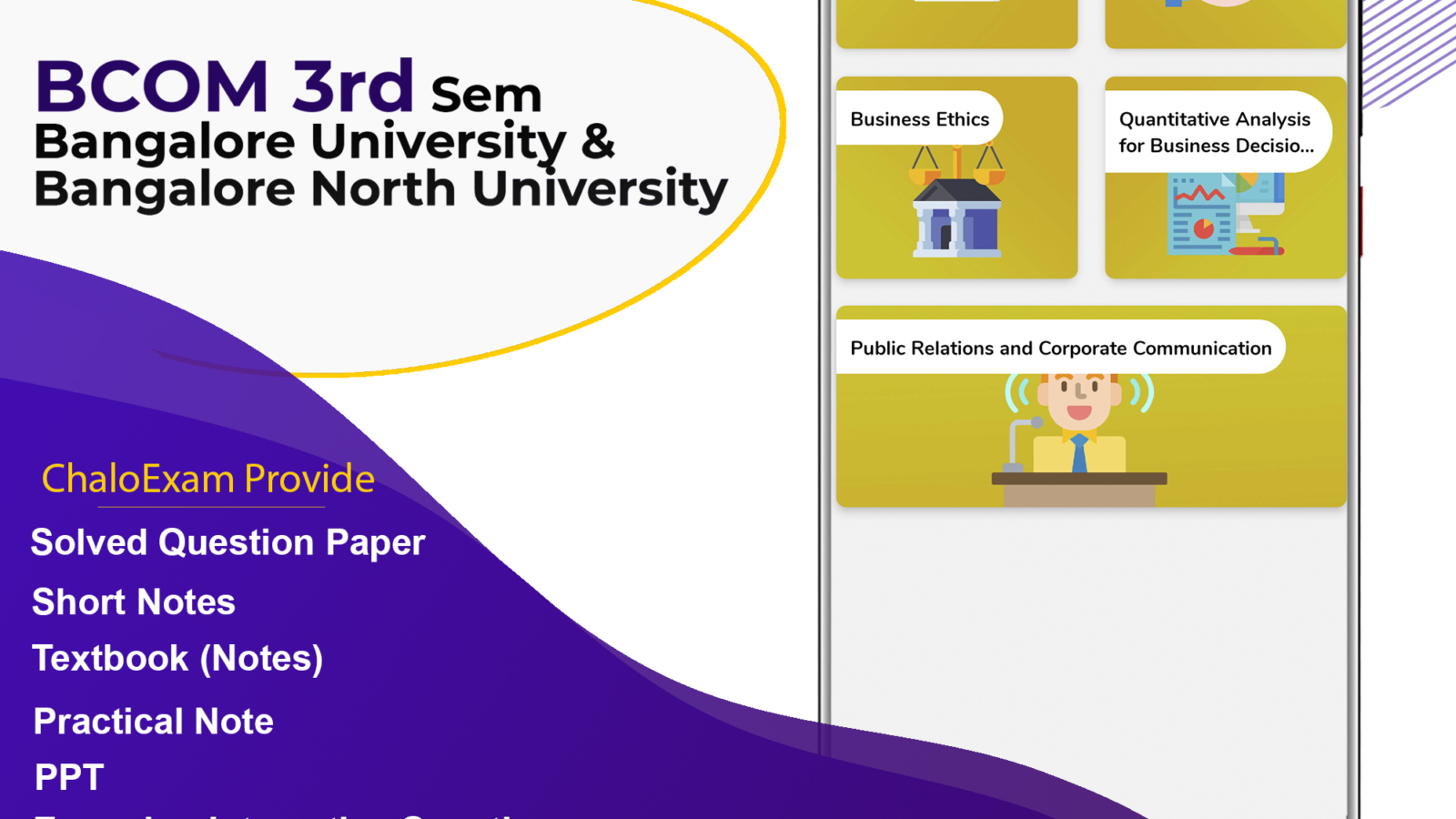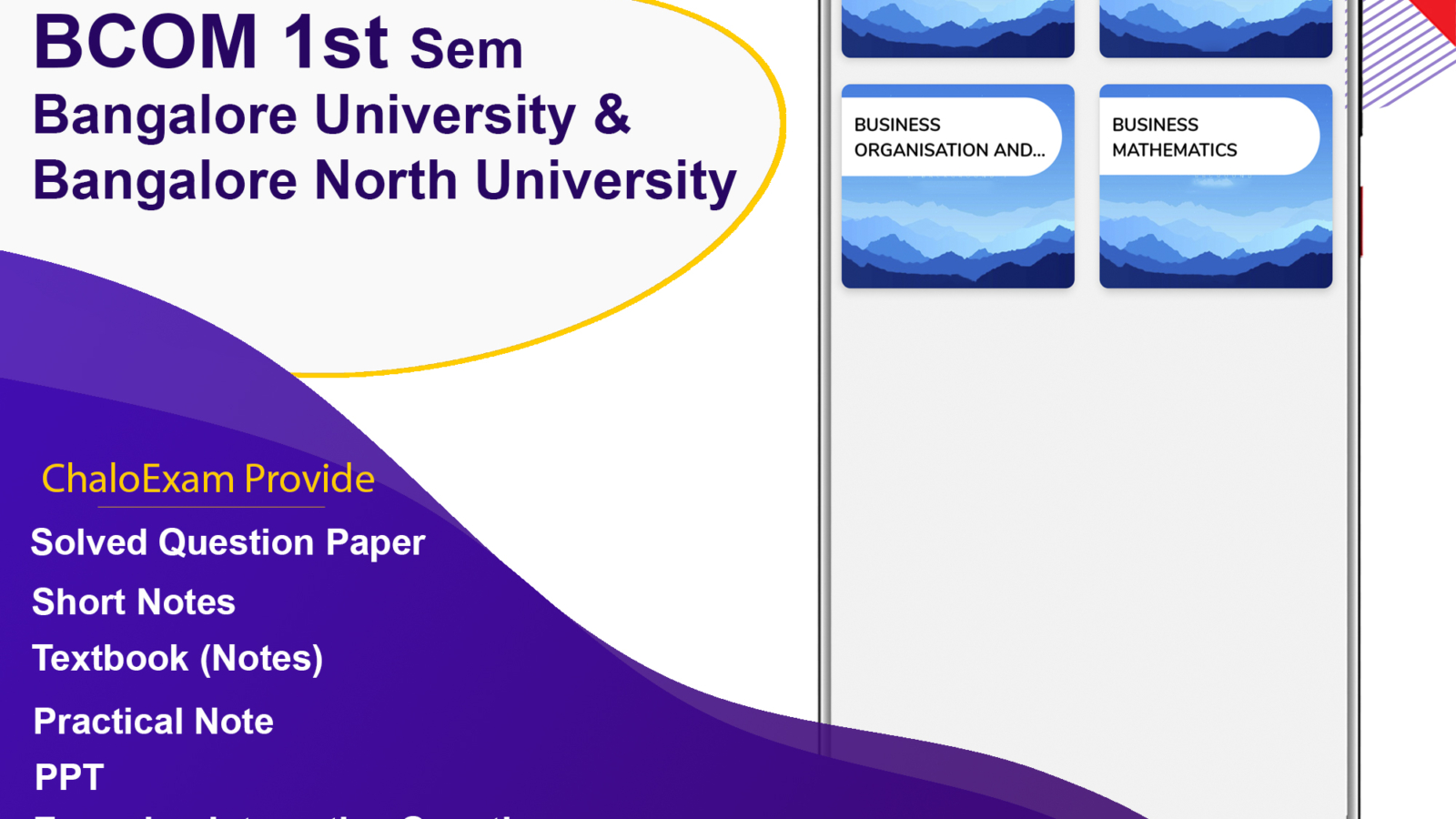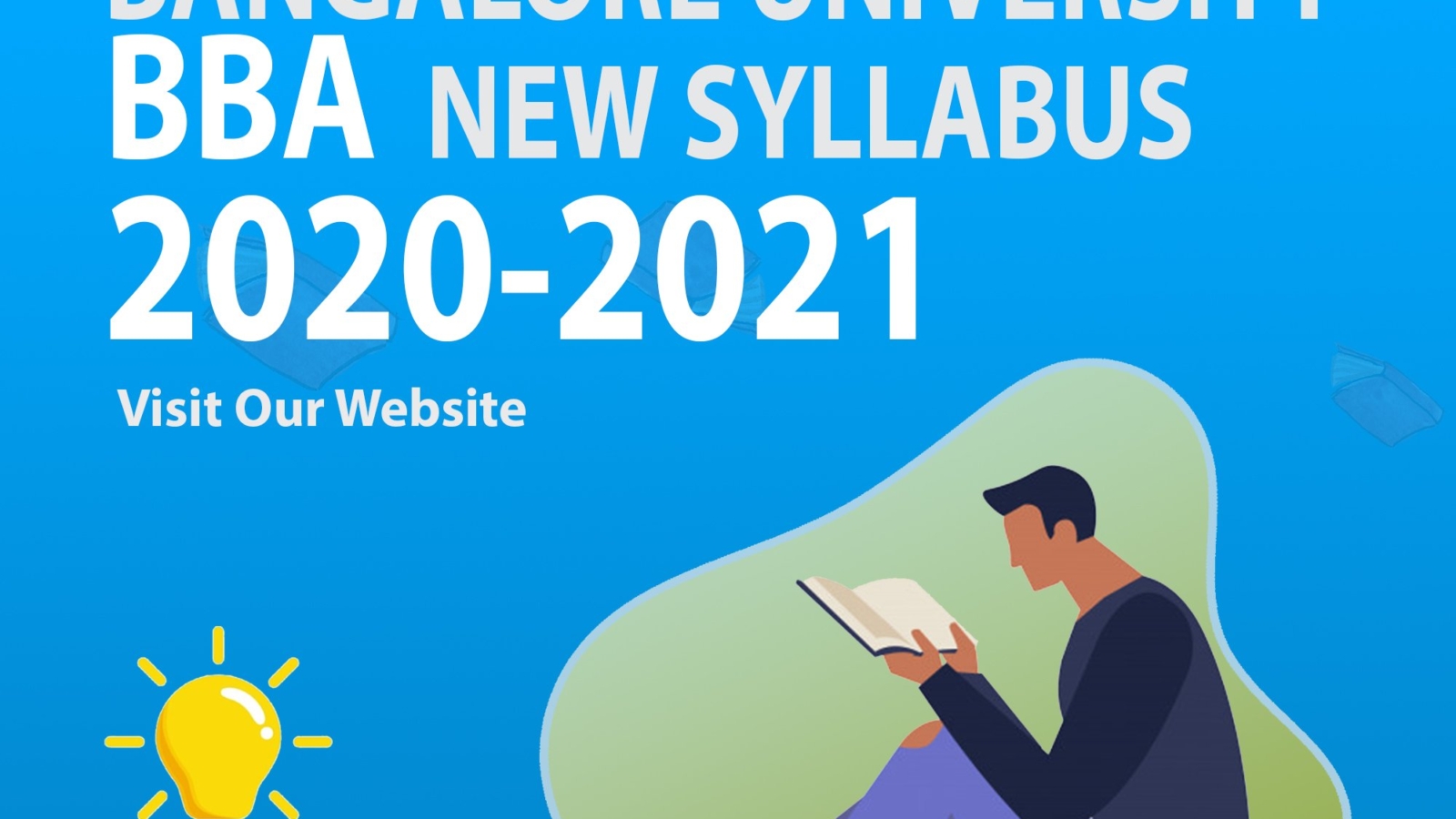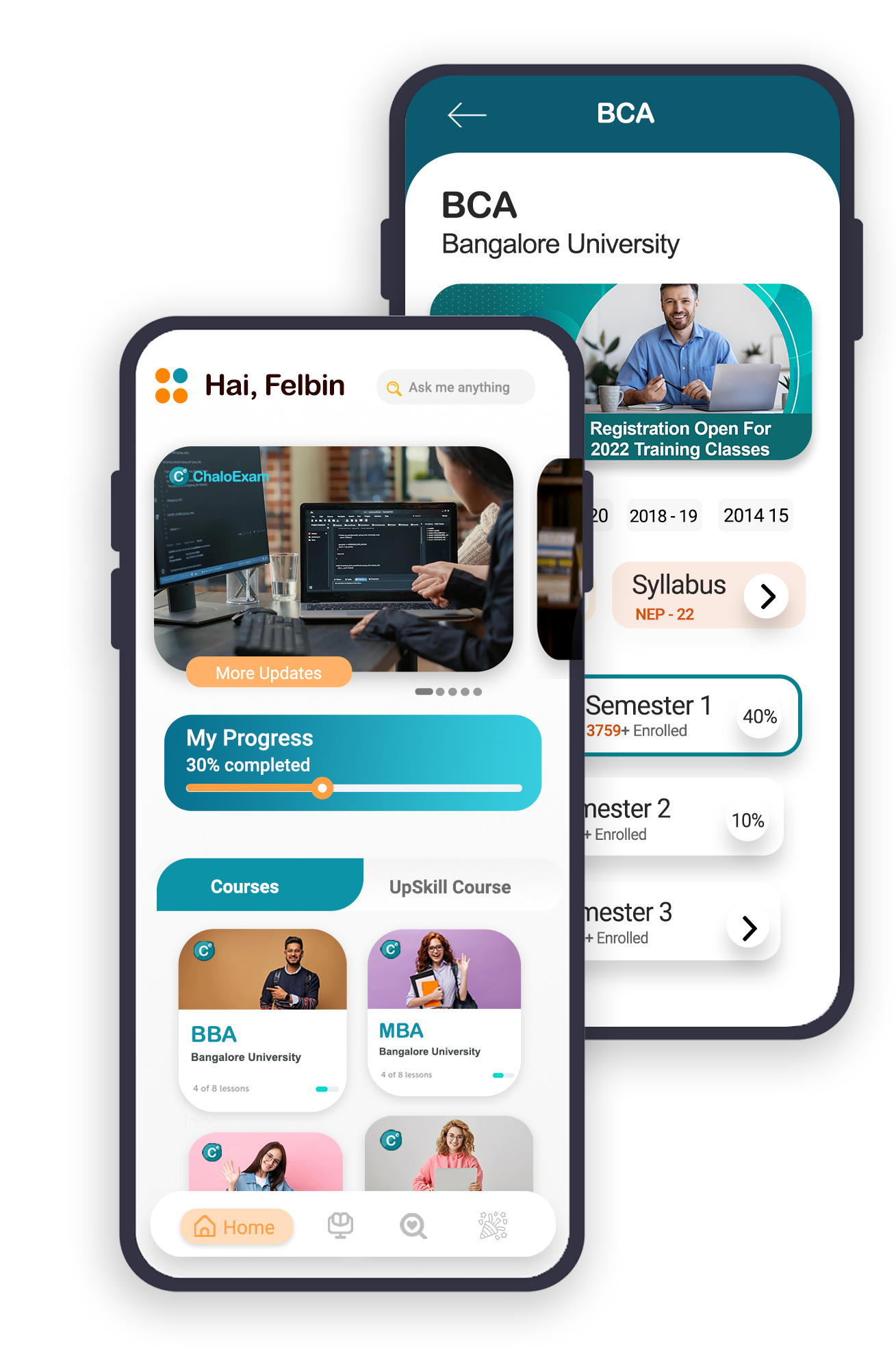Bangalore University BCA 3rd sem Study Material, Previous Year Question Paper, Solved Question Paper, Notes Are Available Free Download
Bangalore University Bcom 3rd Sem Study Materials
Bangalore University bcom 3rd sem Study Material, Previous Year Question Paper, Solved Question Paper, Notes Are Available Free Download
Bangalore University and BNU Bcom 1st sem previous year question paper and Study Materials
Bangalore University bcom1st sem Study Material, Previous Year Question Paper, Solved Question Paper, Notes Are Available Free Download
Bangalore University 5th Sem BBA Previous Year Question Paper and Study Materials
Bangalore University BCA 5th sem Study Material, Previous Year Question Paper, Solved Question Paper, Notes Are Available Free Download
Bangalore University BBA New Syllabus 2020-2021
Bangalore University BBA new Syllabus 2020-2021- ChaloExam




























